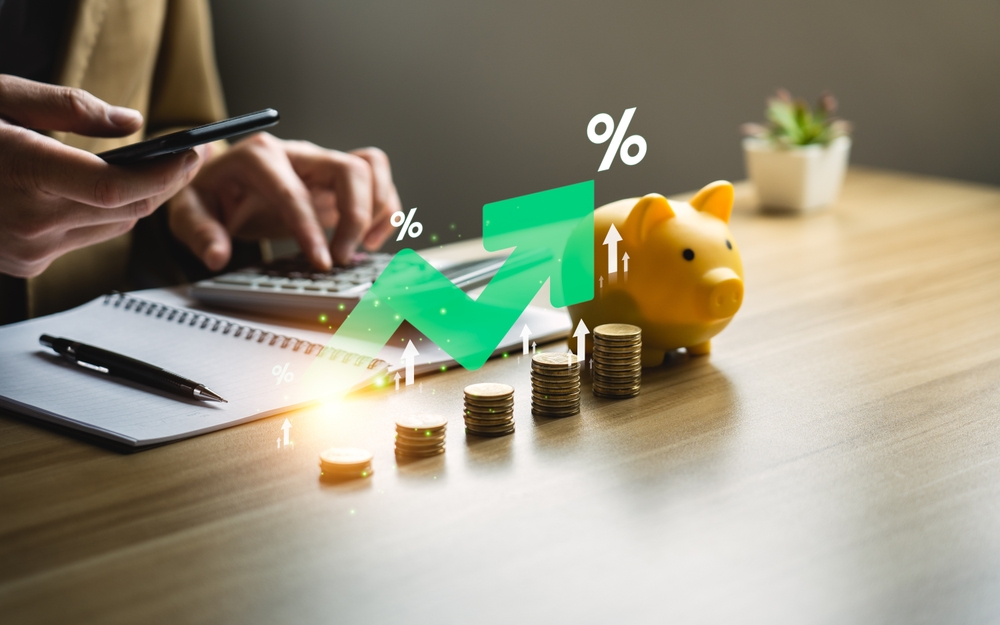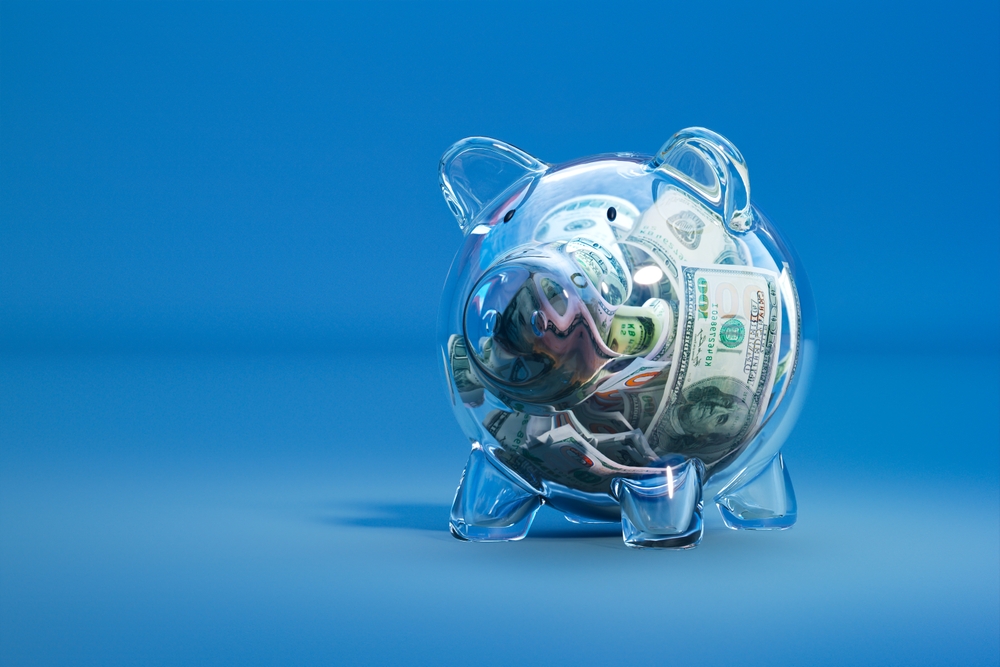Retired and Watching Every Penny? These 6 Tools Are Game-Changers
Hi there, friend. I’m Linda, and I’m so happy to have you on my porch. I know that if you’re reading this, there’s a good chance you’re either retired like me or thinking hard about how to make your fixed income work for you.
Even though retirement sounds like an exciting chapter in our lives, in reality, once I retired, the panic started to kick in. All those years of hard work meant nothing, and it turned out that nothing really prepares you for how fast money moves when you’re not putting new dollars in the pot every two weeks.
After I went through some serious challenges, I realized that I needed a system. So, I decided to do my own research on the internet and learn more about budgeting. Guess what? I learned a lot of new things, more than you can even imagine. This article is for you. I want to share everything I learned throughout my journey. And don’t worry! This article is not filled with any boring finance information or complicated plans! I’ll just tell you what works and what doesn’t.
So, make yourself comfortable and let’s talk about real-life budgeting tools for tired retirees (just like us). Are you ready? Read on.

6 Budgeting Tools YOU Need to Try
1. Goodbudget
This is a classic method. You’ve probably heard of the envelope system, where you divide your cash into envelopes labeled groceries, gas, fun, and so on. That worked wonders in the 1980s when I was managing our household. But these days? I barely carry cash, and I surely don’t want envelopes floating around my purse. We live in a digital world, so I found Goodbudget.
Whether we like it or not, we need to accept that technology can help us in many ways. Goodbudget basically changed my life. It’s like the digital version of that old envelope system. It lets you create ”envelopes” in the app, assign them a dollar amount, and track your spending without needing a calculator or stacks of receipts.
There are multiple reasons why I love it. For example, I love that it’s connected to my bank account, so there is no risk of anyone snooping through my finances. It also helps me visualize my money and see exactly how much I have left in each category. Annnd, last but not least, it’s simple to use! Trust me when I say that I learned it in one afternoon (with a little help from my daughter).
I use it mostly for groceries, dining out, and household items.
2. EveryDollar
There’s something incredibly satisfying about making every dollar do a job. That’s the whole idea behind EveryDollar, which uses something called ”zero-based budgeting”. Sounds fancy, but in reality, it means this: if you get $2,000 a month, you give every dollar a task until there’s zero left unassigned. Rent, food, medication, gas, every category has to receive an amount.
This tool is very useful because it feels more like filling out a notepad than doing a tax return. You can manually enter transactions, which I prefer. It keeps me honest. And there’s one more thing! You start to notice patterns. You can see exactly which categories you spend the most on.
When I first used EveryDollar, I realized I was spending $70 a month on convenience-store snacks. Seventy! That’s three months of yarn for my crochet projects.

3. PocketGuard
You don’t have to keep asking yourself how much you have left when you have PocketGuard in your phone. This app tells you, in plain English, how much money you have left after covering all your necessities. It literally shows your ”left to spend” amount, factoring in recurring bills and goals.
I keep this app on my phone because it’s an excellent way to keep me from overdrawing. It’s also a gentle reminder that some expenses can simply wait. I also like how it connects to my bank, but doesn’t feel invasive at all. Have you tried it before?
It’s like having a best friend who whispers that some spending can wait, each time I am eyeing something sparkly at the thrift store.
4. Spending tracker
If you’re anything like me, you don’t always want bells, whistles, or signing. Sometimes you just want a simple way to track your spending. So, Spending tracker is one of the cleanest, easiest-to-use apps out there. No ads, no account creation. Just enter what you spent, choose a category, and see where your money is going.
Here’s why I recommend it: it’s fantastic if you just want a quick snapshot of your spending without the fuss. It’s perfect for tracking just one problem area, like dining out or impulse shopping. And last but not least, it’s great because I use ot as a ”journal” of sorts. I frequently review my spending and see which purchases are worth the money and which are not.
5. A paper budget binder
You might be surprised to find this on the list, but let me tell you something: paper never crashes and never needs an update! I have a large budget binder with tabs for each month. Inside, I write: all income sources, regular monthly bills, grocery spending, and goals.
This method is incredibly useful because writing things down helps me remember and feel connected to my money. It gives me something to physically flip through when I’m planning.
I also love to keep all my papers and track my progress. You might think that a digital app is more useful for that, but for some reason, I like being able to touch and feel my progress. My papers allow me to see how February Linda has spent too much on chocolate, but April Linfa was a budgeting queen!
Here’s an Amazon find that helped me stay organized and track my spending!

6. Bank auto-categorization
Believe it or not, you don’t always need fancy budgeting software. Sometimes your bank already has budgeting tools built into your online account. I bank with a small Arizona credit union, and even they have a tool that breaks down my spending by category, flags subscriptions I forgot I signed up for, and shows charts of how my spending changes over time.
Final thoughts
Remember that budgeting tools are a must in today’s world. With all the price hikes, we need to stay ready for the worst. At the end of the day, that’s what retirement really is all about: it’s a big adjustment. And the better you adjust, the more freedom you actually have.
You don’t have to start big. So, don’t try to overhaul your entire budget in one weekend. Pick one tool, try it for a month, then reevaluate. I started with just tracking grocery spending. That alone saved me $40 a month.
Also, don’t forget about the category for joy! Any amount matters because depriving yourself completely isn’t sustainable or fun.
Before leaving, I want to remind you that it’s completely normal to feel overwhelmed. But you’re not alone. We all have to figure it out in our own way, on our own timeline. The good news? There are tools out there to help. We should embrace any method that can offer us freedom. So, whether you’re downloading an app today or just scribbling notes on a notepad, you’re taking the first step toward financial clarity. And that, my friend, is a very big deal.
Before leaving, here’s another article you should check out: 9 Best Places to Retire on a Budget in 2025